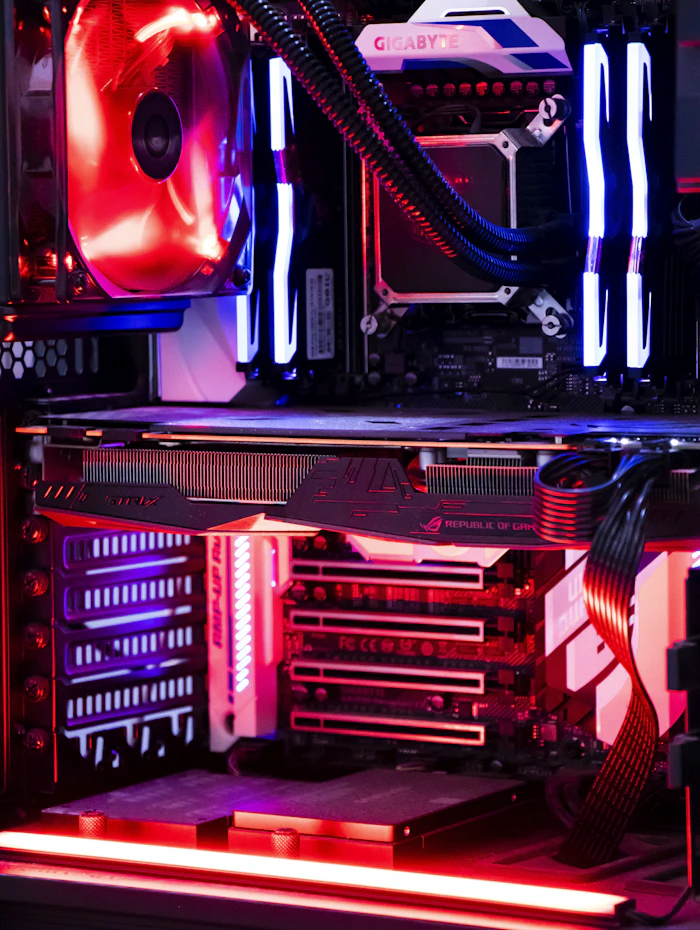The impact of technology on gaming has been profound and far-reaching. Here’s an overview of key areas where technology has transformed the gaming landscape:
- Graphics and visuals:
- Advancements from 8-bit to photorealistic 3D graphics
- Ray tracing for more realistic lighting and reflections
- Virtual and augmented reality for immersive experiences
- Processing power:
- Faster CPUs and GPUs allowing for more complex game worlds
- Improved AI for non-player characters
- Procedural generation of vast game environments
- Online connectivity:
- Multiplayer gaming on a global scale
- Cloud gaming services
- Social features and community building
- Mobile gaming:
- Smartphones as powerful gaming devices
- Touch controls and motion sensors
- Location-based games
- Input devices:
- Motion controls (e.g., Nintendo Wii, VR controllers)
- Voice commands and natural language processing
- Haptic feedback for enhanced immersion
- Distribution and updates:
- Digital distribution platforms (e.g., Steam, Epic Games Store)
- Frequent patches and updates
- Downloadable content (DLC) and expansions
- Monetization models:
- Free-to-play games with microtransactions
- Subscription-based gaming services
- In-game advertising
- Game development tools:
- Accessible game engines (e.g., Unity, Unreal Engine)
- Asset marketplaces for developers
- AI-assisted content creation

